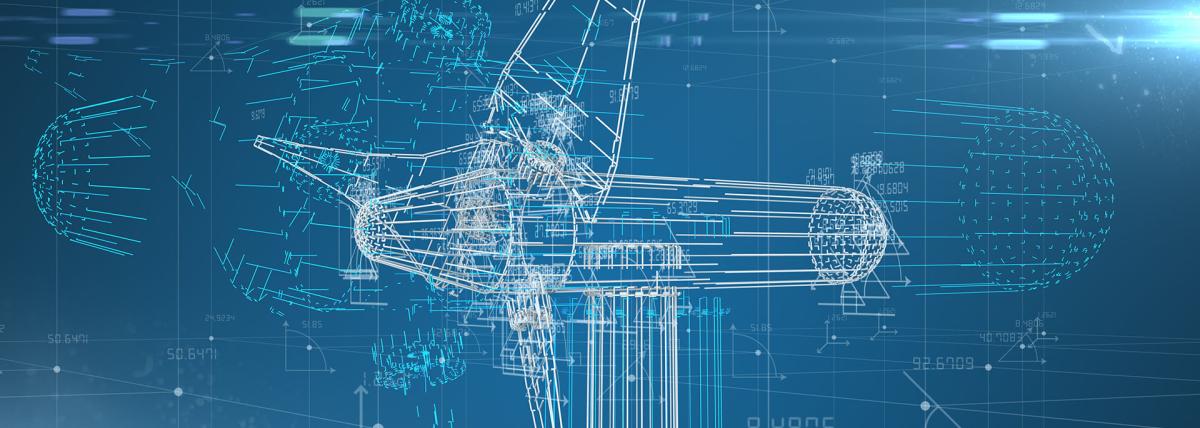
Design a helicopter out of paper only. Students will explore design and paper types.
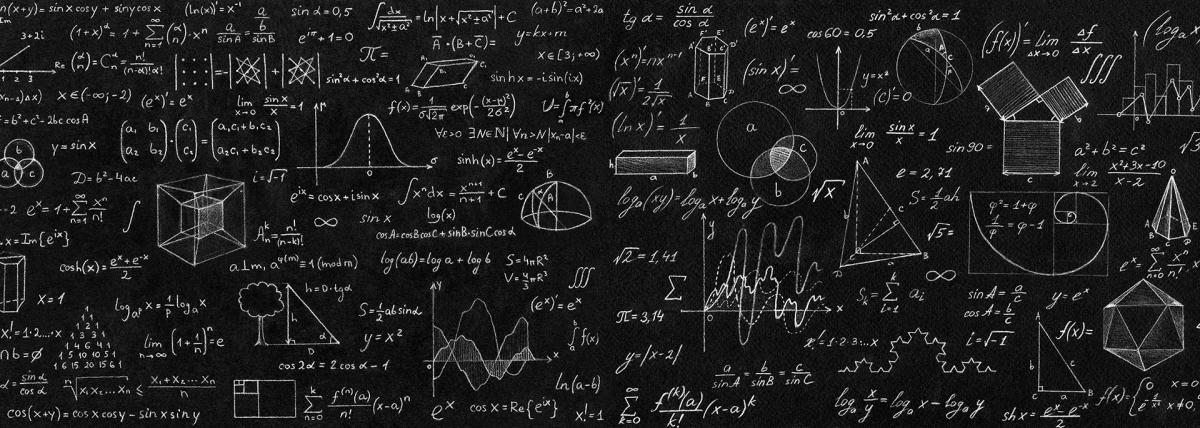
This design challenge is broken up into four parts, this is part three. This lesson will focus on completing the build and evaluating/revising the device that groups began building in the previous

This lesson introduces 5th grade students to forces and motion using "floating" magnets on a dowel and a Newton's cradle. Students will also be introduced to Newton's 3 laws of motion and contact vs

This design challenge is broken up into four parts, this is part four. This lesson will focus on sharing each group’s design and discussing their iterations (Share). In order to successfully execute

Students will use science and engineering practices to design and build a parachute out of everyday items. The parachute must be able to carry a metal washer to a specific target on the ground while

Students will learn about forces and motion by building a straw rocket. They will measure how far their rocket flies and then build a second rocket to see if they can make it go farther.

This is a 5th grade force and motion lesson plan. It uses roller coasters to help students develop real-life connections to the ideas of motions, and balanced & unbalanced forces. It allows them to

With this introductory lesson on Newton's Laws, student will have the opportunity to understand and explain Newton's 3 laws through a hands-on experience. This is an excellent way to introduce physics

From this lesson, students will discover how friction affects how things move. This is an excellent activity that will allow students to be creative and build a marble run to show friction. This

Mad For Magnets is a lesson plan for K-4th grades. Scholars will learn about magnets, how they attract and repel, north and south poles to apply to the assigned challenge. Scholars will design and

In this hands-on lesson, students identify Newton’s Laws of Motion, analyze the difference between force and motion, compare balloon car designs with group mates and demonstrate how to design and test

In this lesson, students will be introduced to the phenomenon of paper/air pressure rocketry. Students will make a memorable and hands-on connection with the transfer of energy when they create and

Could Iron Man actually survive a superhero landing? In this lesson, students follow the engineering design process to create a "suit" for an egg to protect it from being dropped on the ground. They

When Res is hurling towards Mars, he needs a parachute that will help him land safely. Can you design a parachute that will help Res land safely on Mars? Students will design a parachute using coffee

The lesson is designed to engage 3rd-grade students in hands-on exploration of scientific and mathematical concepts using the Dash robot. The lesson aligns with the Arizona Science Standards for 3rd


Students will design and build their own popsicle stick catapults, exploring principles of force, motion, and engineering. This lesson does have a Halloween theme to it, but can be modified is needed.

Students are presented with a real-world problem, the newly poured delivery ramp for the cafeteria is too slick, students are tasked with suggesting a surfacing that will increase the ramp's safety

In this lesson, students will get creative with materials to rescue an unfortunate worm. After completing this activity students will have a much better concept of what the 'T" in STEM really means

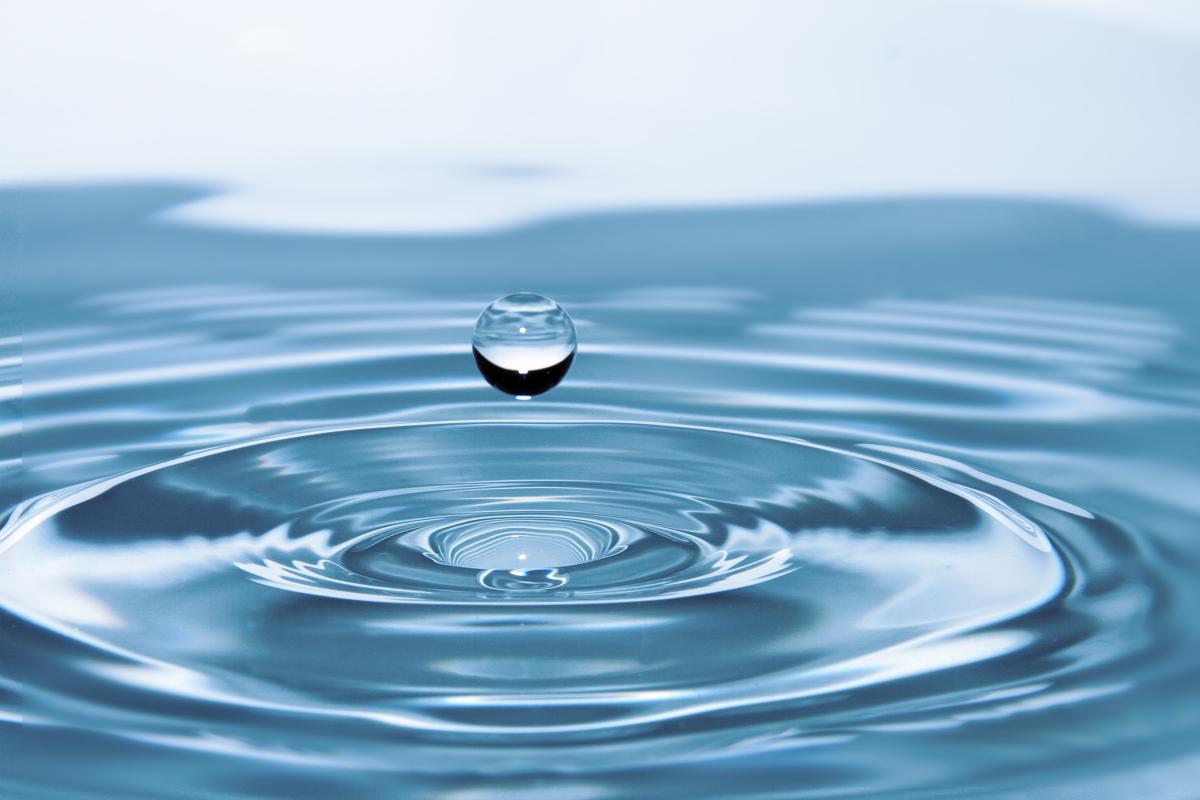
Students will understand the concept and properties of buoyancy and density, through a hands-on exploration with the Lakeshore Design and Play STEAM Kit Boats by assembling boats using a foam hull
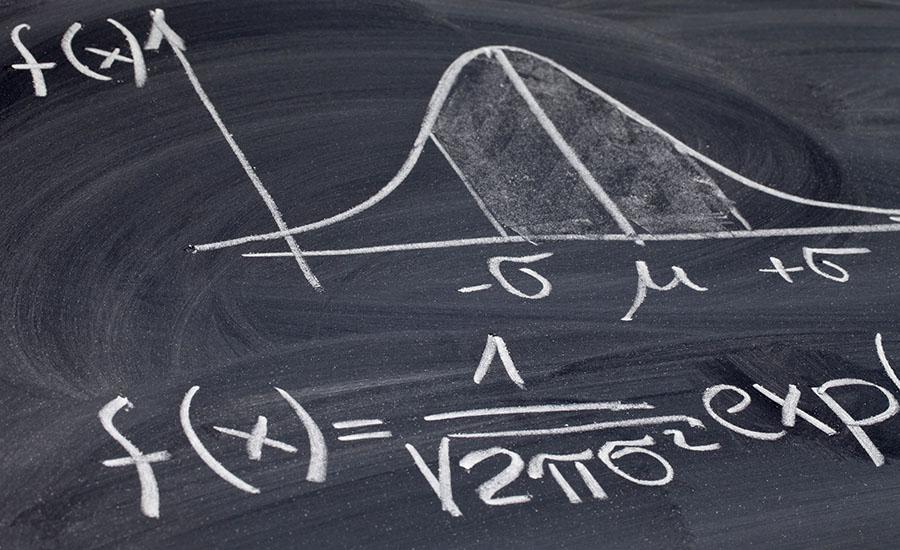
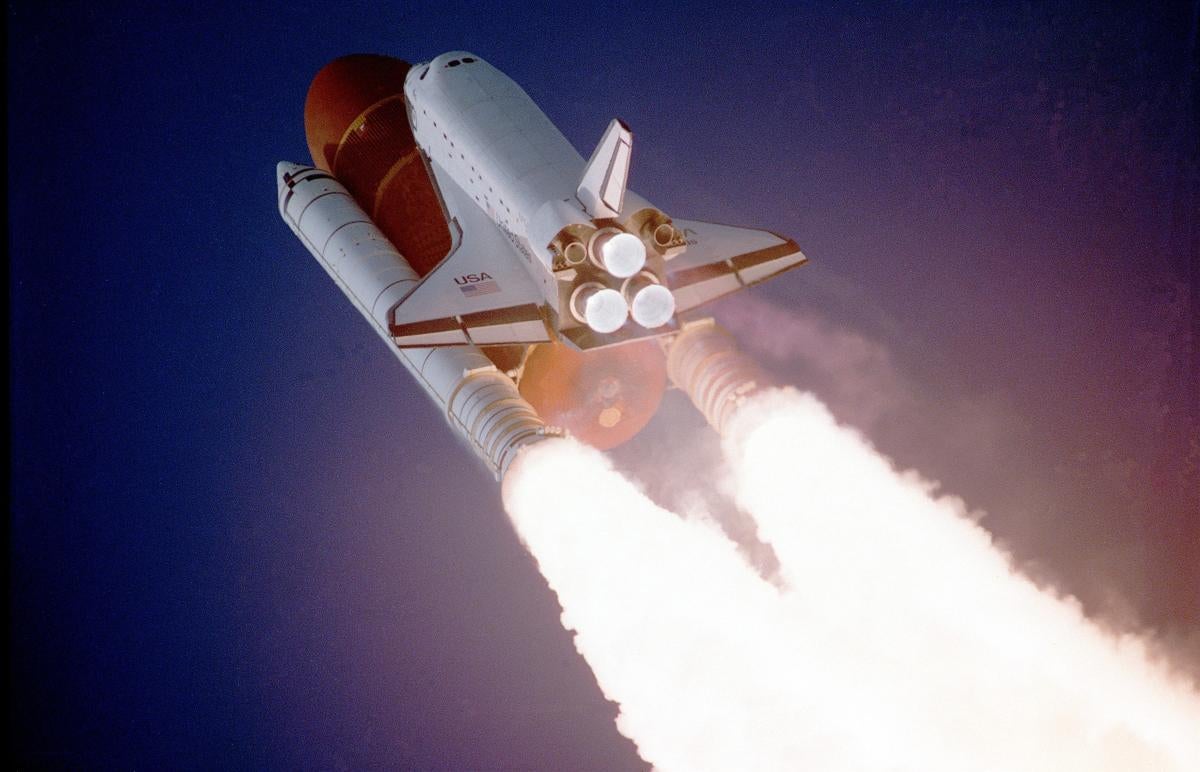
This is the 3rd part of the lesson series where students will determine the thrust and stability of their water bottle rockets to answer their essential question: Using the Design Process how can we

In part 1 of this investigation, groups were challenged to design for speed and collect data to find the fastest car in the class. Using those designs, part 2 will test the mass of a car vs the power


